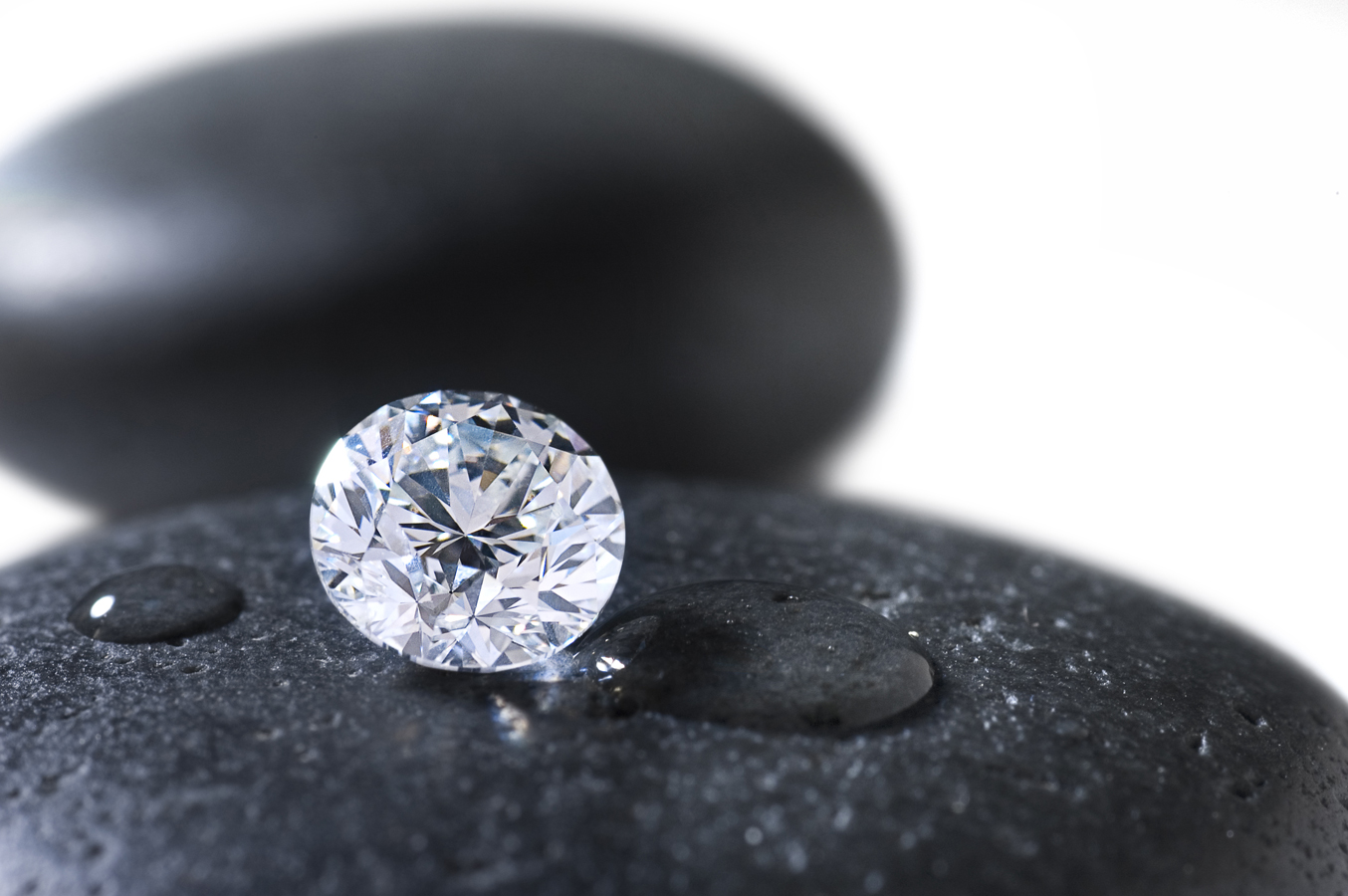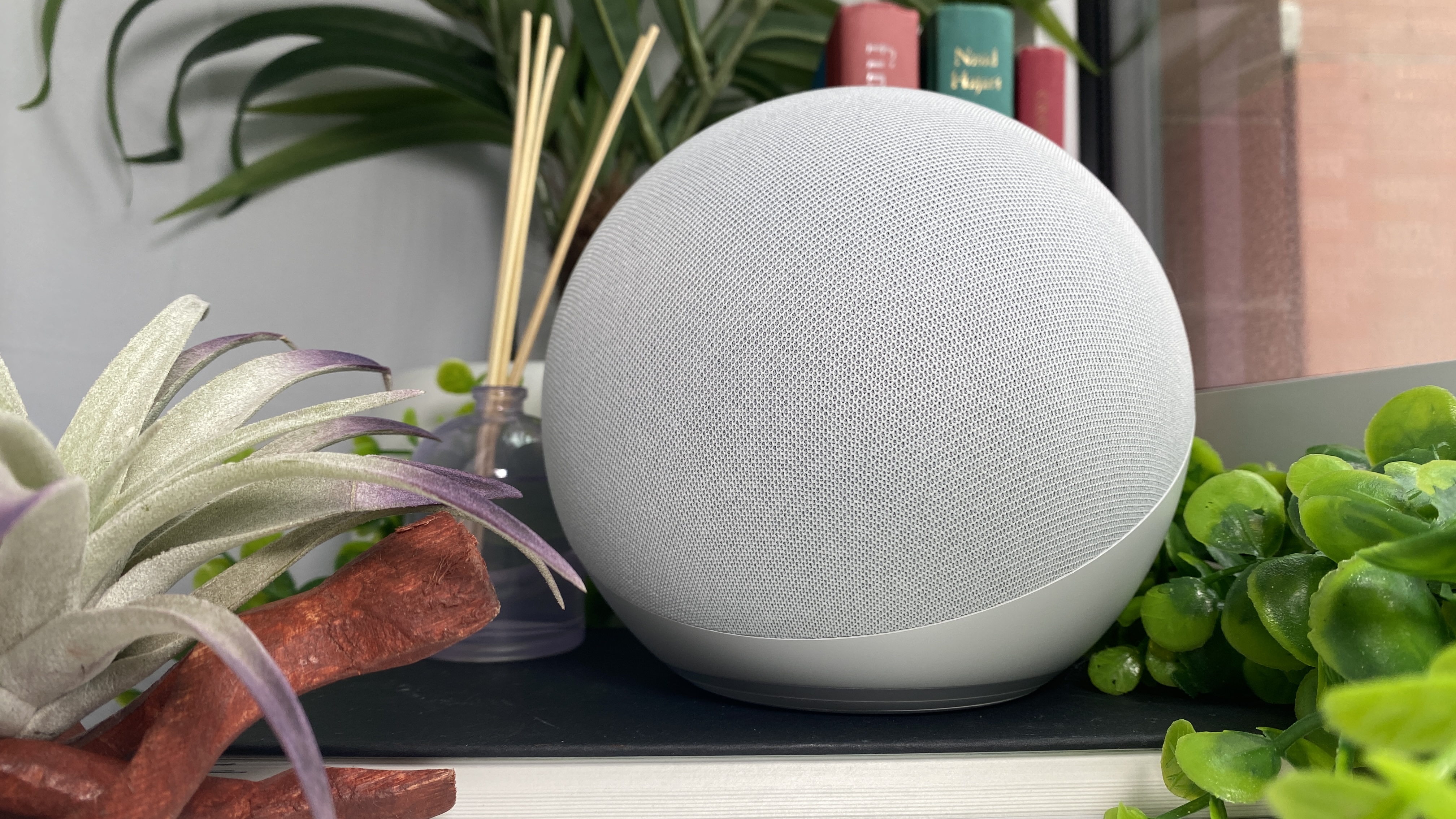When it comes to purchasing a diamond, many buyers find themselves overwhelmed by the vast array of options available. The terminology used in the diamond industry can seem complex, but understanding the “Diamond 4C” system can help you make a more informed decision. The 4Cs — cut, color, clarity, and carat weight — are the essential factors used to evaluate a diamond’s quality and value. In this article, we will break down each of these four key elements, helping you understand how they contribute to the overall beauty and cost of a diamond.
The Importance of Diamond 4C’s
The Diamond 4C’s, consisting of cut, color, clarity, and carat weight, are the primary criteria used by gemologists to assess and grade diamonds. Each of these characteristics plays a critical role in determining the diamond’s appearance, quality, and value. Understanding the 다이아 4c is essential for anyone who is shopping for a diamond, as it allows you to evaluate and compare diamonds based on their inherent qualities. Whether you are purchasing an engagement ring or a piece of fine jewelry, the 4C’s will guide your decision-making process.
The Cut of a Diamond
The cut is arguably the most important of the Diamond 4C’s, as it directly impacts the diamond’s brilliance and overall visual appeal. The cut refers to how well a diamond has been shaped and faceted, including its proportions, symmetry, and finish. A well-cut diamond reflects light in a way that maximizes its brilliance, fire, and sparkle. If a diamond is poorly cut, it may appear dull or lifeless, regardless of its color or clarity.
The cut of a diamond is graded on a scale ranging from Excellent to Poor, with the highest-quality cuts receiving the top grades. The most popular diamond shapes, such as round, princess, and emerald, are also evaluated for their cut quality. While cut affects a diamond’s overall beauty, it does not change its size or weight. This is why the cut is so significant in the Diamond 4C’s grading system — it determines how a diamond shines and catches the eye.
The Color of a Diamond
Color is the second of the Diamond 4C’s and refers to the presence of any color within a diamond. Diamonds are graded on a scale from D (colorless) to Z (light yellow or brown), with D being the highest and most desirable grade. The less color a diamond has, the more valuable it is considered. Colorless diamonds (graded D, E, and F) are rare and highly sought after for their clear, icy appearance. On the other hand, diamonds with noticeable yellow or brown hues (grades N through Z) are less expensive but still have their own unique appeal.
It’s important to note that color grading in diamonds is subtle and typically best assessed by a professional. For most people, the difference between a D and an F-grade diamond may be nearly indistinguishable to the naked eye, especially when set in jewelry. However, for those who prioritize absolute clarity and colorless appearance, the color grade will play a more significant role in their diamond selection.
The Clarity of a Diamond
Clarity refers to the presence of any imperfections or inclusions inside the diamond, which are natural flaws that occur during the diamond’s formation. The clarity of a diamond is an essential factor in the Diamond 4C’s grading system, as it directly impacts how clean or flawless a diamond appears. Inclusions can be small internal features like air bubbles, cracks, or mineral deposits, while external blemishes are surface imperfections such as scratches or nicks.
Diamonds are graded on a scale from Flawless (FL) to Included (I), with Flawless diamonds being the rarest and most valuable. Most diamonds sold in jewelry stores will fall within the VS (Very Slightly Included) or SI (Slightly Included) range, meaning they contain minor inclusions that are not easily visible to the naked eye. While flawless diamonds are exceptionally rare and costly, many people opt for diamonds with slight inclusions, which can still appear stunning and provide more value for the price.
The Carat Weight of a Diamond
Carat weight is the fourth and final element in the Diamond 4C’s, and it refers to the size of the diamond. One carat is equivalent to 200 milligrams, and diamonds are measured in fractions of a carat. Carat weight plays an important role in the overall price of a diamond, as larger diamonds are generally more expensive due to their rarity. However, carat weight alone does not determine the quality of a diamond. A smaller diamond with a higher cut, color, and clarity grade may be more visually appealing and valuable than a larger diamond with poorer characteristics.
It’s essential to keep in mind that two lab made diamonds of the same carat weight can differ significantly in size depending on their cut. A well-cut diamond will appear larger than a poorly cut diamond of the same carat weight because the proportions allow for more light reflection. Therefore, when considering carat weight, it’s important to balance it with the other aspects of the Diamond 4C’s to ensure you are getting the best value for your investment.
How the Diamond 4C’s Affect Value
Understanding how the Diamond 4C’s interact is crucial for determining the value of a diamond. Each of the four characteristics—cut, color, clarity, and carat weight—contributes to the overall price of a diamond, but they don’t all have equal weight. For example, a diamond with an excellent cut and high clarity may be more valuable than a diamond with a higher carat weight but poor color or cut quality. It’s important to prioritize the 4C’s based on your personal preferences and budget. If size is more important to you than color, you might opt for a slightly lower color grade in order to afford a larger stone.
Balancing the Diamond 4C’s for Your Budget
When shopping for a diamond, balancing the four C’s within your budget is key. If you have a limited budget but want a larger diamond, you might decide to sacrifice a little bit on color or clarity to get a bigger stone. Alternatively, if you want the most brilliant diamond, you may prioritize cut and clarity while selecting a smaller carat weight. By understanding the Diamond 4C’s, you can make an informed decision and find the perfect diamond that meets both your aesthetic preferences and financial goals.
Conclusion
The Diamond 4C’s — cut, color, clarity, and carat weight — are the fundamental factors that determine the quality, appearance, and value of a diamond. By understanding these four key elements, you can make a more informed choice when purchasing a diamond, ensuring that you select a piece that aligns with your tastes and budget. Whether you’re buying an engagement ring or another piece of jewelry, taking the time to learn about the Diamond 4C’s will help you make a confident and satisfying purchase. Remember, each of these factors plays a role in shaping the diamond’s overall beauty, so carefully evaluate each of them before making your final decision.
















